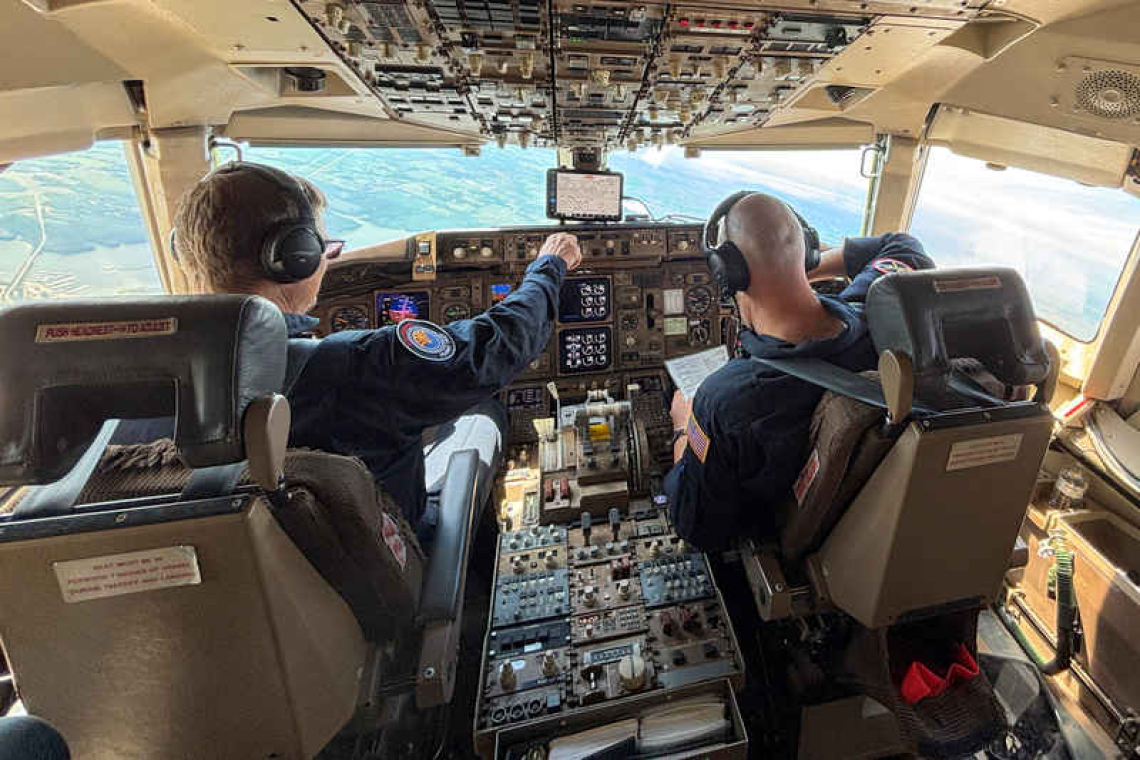KANSAS CITY, Missouri--As a Boeing 757 aircraft prepared to land, an audio alert started blaring in the cockpit: "Traffic on runway! Traffic on runway!" Seconds later, the same warning popped up on the navigation display.
It prompted the pilot to abort the landing to avoid a possible collision. The alert was triggered by a smaller Gulfstream jet that was on the runway.
This was not a real-world incident but a staged test flight of Honeywell's new cockpit safety system designed to prevent incidents like a near-collision between a Southwest Airlines aircraft and a private jet at Chicago's Midway Airport in February and a crash at Tokyo's Haneda Airport last year.
The technology known as SURF-A, or Surface-Alert, is the long-awaited addition to runway safety solutions that have been on the market for nearly two decades, but until recently failed to attract many customers.But with recent high-profile runway incidents creating a new climate of safety concern, pressure is building on aviation authorities to make cockpit alert systems mandatory.
Japan has submitted a working paper to the ongoing triennial policy-setting meeting of global aviation leaders, highlighting cockpit alert systems as a crucial safety measure for preventing runway incursions. The paper was drafted in response to the Haneda crash.
The National Transportation Safety Board, which investigates all civil aviation accidents, has been consistently recommending it.Southwest, which began using the technology this year, attests to the benefits. The Dallas-based airline has seen a significant improvement in its key safety performance indicators since the system came on board, Southwest's vice president of safety and security, Dave Hunt, told Reuters.
The U.S. carrier began installing the system in spring and now has it on almost all of its 800 aircraft. "We feel this is a very important and effective layer to prevent runway incursions, runway collisions," Hunt said.
The International Civil Aviation Organization lists runway collisions or incursions among the top five risks to aviation safety. Runways were involved in 42% of accidents worldwide between 2019 and 2023, the ICAO, a United Nations agency, said.
The Federal Aviation Administration recorded almost five incursions or incorrect movements of planes or other objects per day in the fiscal year 2024.
The SURF-A technology uses GPS, automatic dependent surveillance-broadcast (ADS-B) data, and advanced analytics to identify other aircraft on or near the runway that could cause a collision within the next 30 seconds.Unlike systems that alert only air-traffic control, it provides aural and visual alerts directly to pilots in the cockpit. Based on the flight test results, Honeywell expects the FAA to approve the technology next year.
"It's another layer of protection," said Honeywell senior test pilot Kirk Vining. "It gives us more margin for safety."
Airbus and Boeing are also working on runway-safety alerts for their aircraft. Cam Morast, lead product manager at avionics safety company Aviation Communication & Surveillance Systems, said his company is testing a surface alert technology, which will be available as a standard feature on new Airbus aircraft starting in 2028.
An FAA panel last year recommended requiring cockpit alert systems for newly manufactured aircraft. While the panel failed to reach a consensus on a retrofit mandate, it urged aircraft operators to make every effort to install the technology on their aircraft. It noted that safety was improved when aircraft were equipped with capabilities providing alerts to the flight crew.
Yet, doubts remain over how many airlines would be willing to invest in solutions like SURF-A without a regulatory mandate.Safety experts say the system's effectiveness relies on broad implementation across an airline's fleet, which involves retrofitting older aircraft, maintenance planning, training for pilots and regulatory approval. It entails significant costs for carriers.
"It's easier with the new fleet," said Hassan Shahidi, chief executive at safety group Flight Safety Foundation. "Retrofitting the existing fleet is very challenging."







